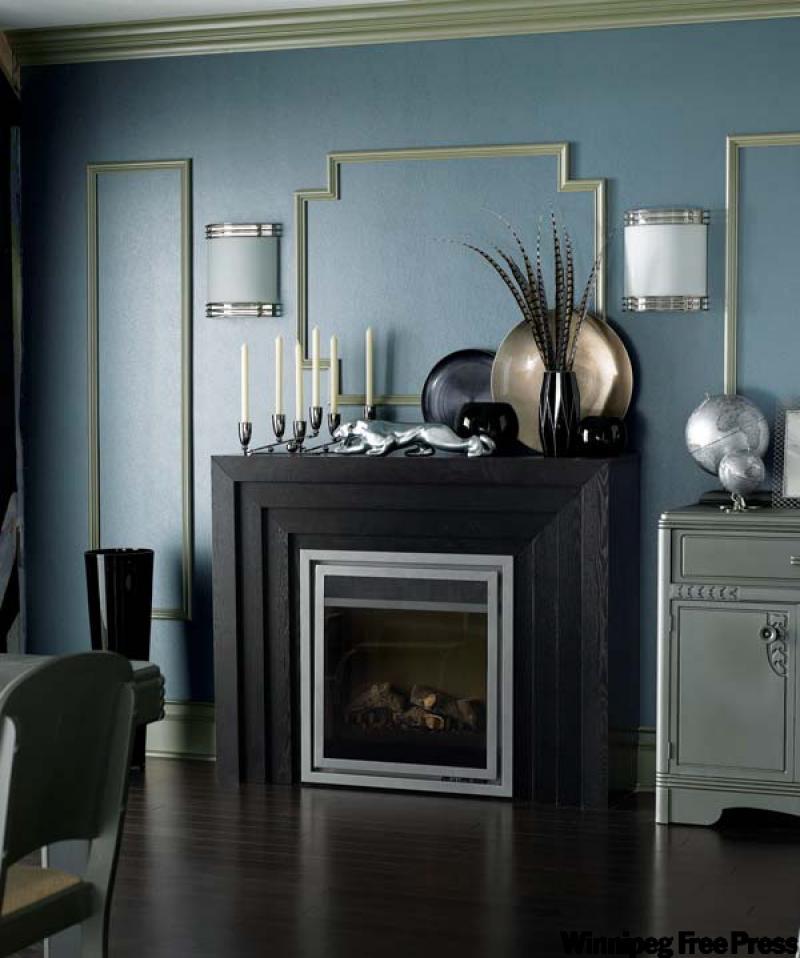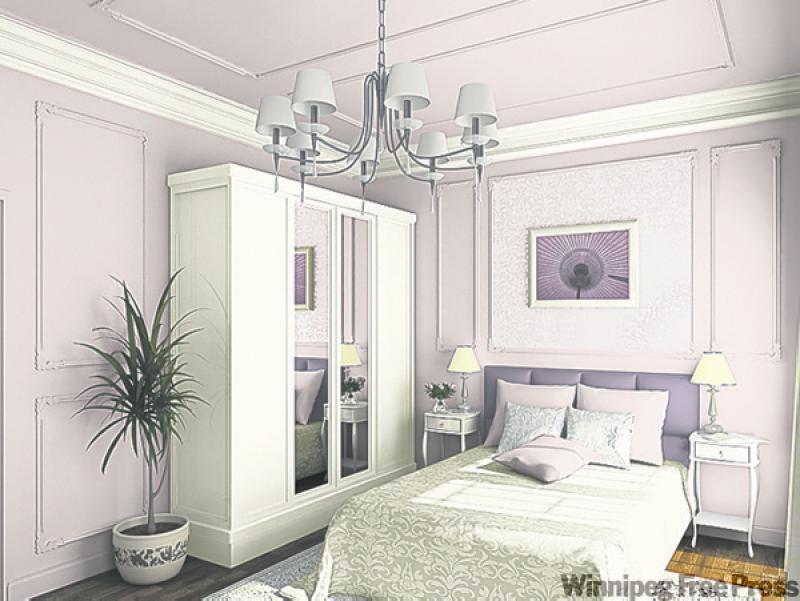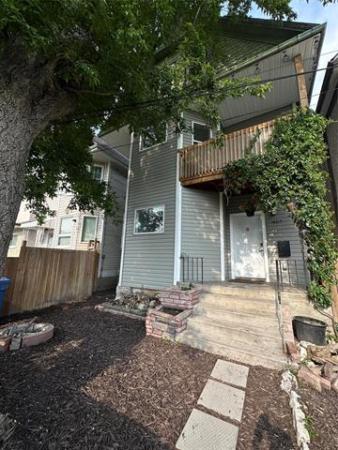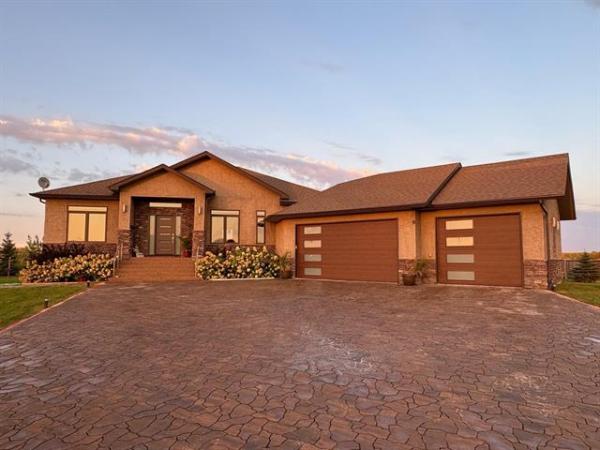

I have wanted to give my kitchen cabinets a facelift for a long time now. I'm trying to decide whether to trim them out in a Shaker-style cabinet or whether to add decorative trim to the middle of each door to create a faux raised-panel effect. Whichever I decide, the additional trim, along with a fresh coat of paint and new hardware, will overhaul the whole look of my kitchen for a reasonable price.
It's amazing just how much you can change the look of a room with a few pieces of wood trim. As you can see in this photograph (courtesy of Sico Paints), this bedroom initially had flat, plain walls but has been transformed with decorative moulding. Wood trim added to create faux panels on the walls and ceiling give this room grandeur and the architectural interest that it was lacking. By painting the trim the same colour as the walls, as seen here with a Sico Paint colour called Rose Stone, the detail of the decorative trim is not too gaudy or busy. Even the large cabinet in the room has additional trim that takes it from a box with doors to an interesting furniture item. The panel at the head of the bed is inset with textured wallpaper which gives it even more dimension. Overall, the room would be quite boring without all of these details.
Many uses for trim
Decorative trim can be used to change or update just about any room in the home. In the kitchen, as mentioned above, cabinet doors can be given a new look with the addition of decorative trim panels in whatever style you choose. By installing a simple panel design in the middle of each door and moving the new hardware to the middle of the door, you can achieve a fresh look in a tired kitchen. If you want more interest and detail you can install a panel within a panel, then have fun with two tones of paint. There are so many fun options for this particular update.
In a formal dining room, decorative trim panels will add elegance and sophistication. Depending upon your taste you may opt to inset the panels with expensive fabric or wallpaper to add pattern and depth. Artwork can be hung in the middle of each panel for a gallery-style look and to bring additional focus to the paintings. Built-ins in the dining room can also be enhanced with crown moulding and decorative panels in keeping with the overall look of the room.
Small bathrooms sometimes benefit from high style. "Overdoing" it in a small powder room can be awesome and regal. Chandeliers, lots of trim, luxurious linens can turn a guest bathroom into a small oasis.
Flat-slab interior doors don't do much for the look of any room but you can give them new life with decorative trim panels in sets of four, six or even eight panels per door. For a funky look, say for a teen's room, paint each panel a different co-ordinating colour. In a child's room paint the interior of each panel that is height-appropriate for the child with chalkboard paint or corkboard. If your home has a long hallway with several doors along the walls, updating them with decorative trim panels will give much-needed interest to the space. Install larger panels on the walls of this hallway and you've suddenly taken a boxy 1960s-era hallway and turned it into a stylish space. Fresh, modern paint colours on the walls with complimentary door colour will finish the look.
Other interesting ideas
Trim the front (rise) of a wooden stairway with faux panels and paint them soft white to give a fresh look to a dark wooden stairwell. Plain furniture pieces with flat door and drawer fronts can be updated with decorative trim panels just like those you would use on kitchen cabinets. A dated bathroom vanity can be brought into this century by adding new trim panels and painting the entire cabinet out in a fresh colour. Add new hardware and you've got a new look.
In the home office, utilitarian items like cork memo boards or chalkboards can be given a little more glam if hung in the center of a faux trim wall panel. Create the appearance of wainscoting without all of the cost by installing trimmed panels on the bottom third of a wall and add a decorative chair rail a few inches above. Paint the wainscoting area in a complimentary colour (like soft white) to the top portion of the wall. This wainscoting treatment can work in a dining room, hallway, bedroom, and bathroom and even up a stairway wall. (This application is a little more difficult as you follow the rise of the stairs but it's worth the added effort if you can pull it off.)
Buying trim
The more ornate the trim the more you'll pay for each length. Personally, I don't think that using highly detailed and decorative trim will make a huge difference in the overall look of most projects, especially if the trim and wall colour are the same. In fact, overly ornate trim can be gaudy if used on an entire wall so consider less expensive classic trim if considering any of these projects. Buy a few lengths and try your hand at it before you dive in. It's fussy and detailed work so make sure you have the tools and patience before you buy a truckload of trim.
In most cases, the trim is very light so it can simply be glued to the surface in question. On cabinet doors, that are opened and closed a lot, you may want to glue and nail the pieces on for durability. Tiny finishing nails will work but a nail gun is a much better option as it's fast and you won't damage the trim with a hammer. The tiny holes left by the nails from a nail gun will, for the most part, be filled in with paint during the painting process. Decorative trim is made from soft pine and can be easily dented so choose your tools wisely.




